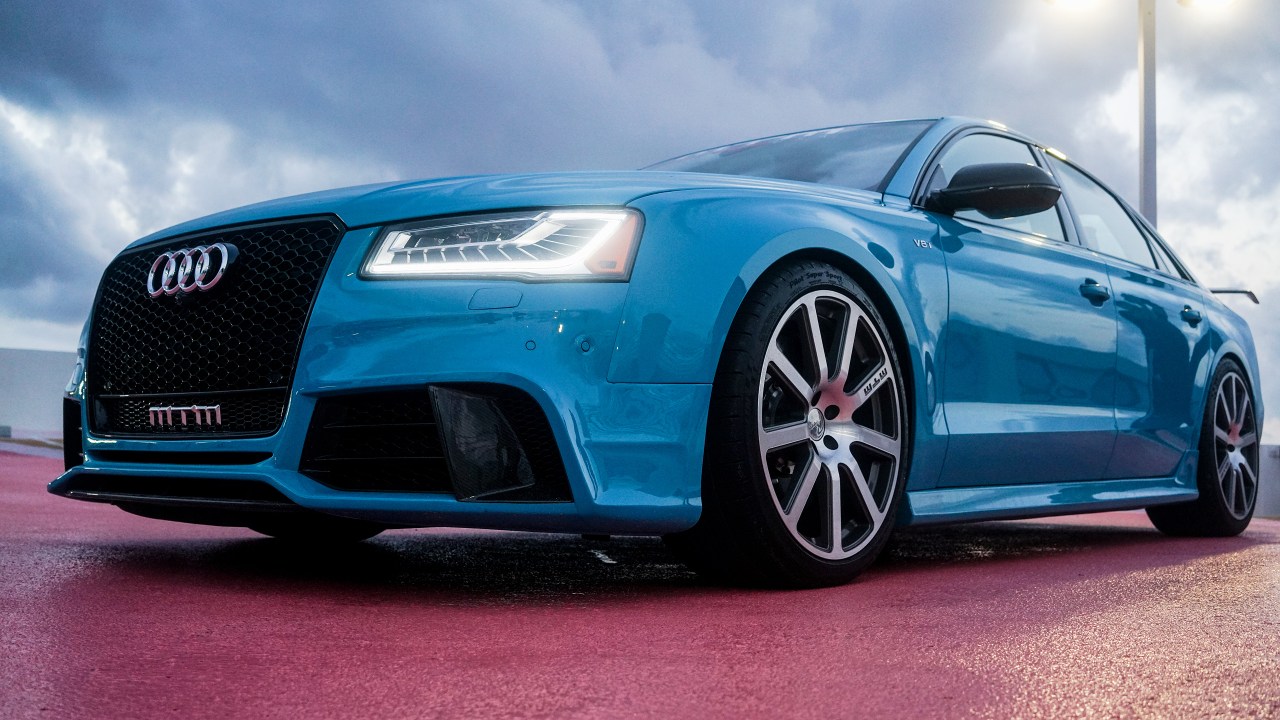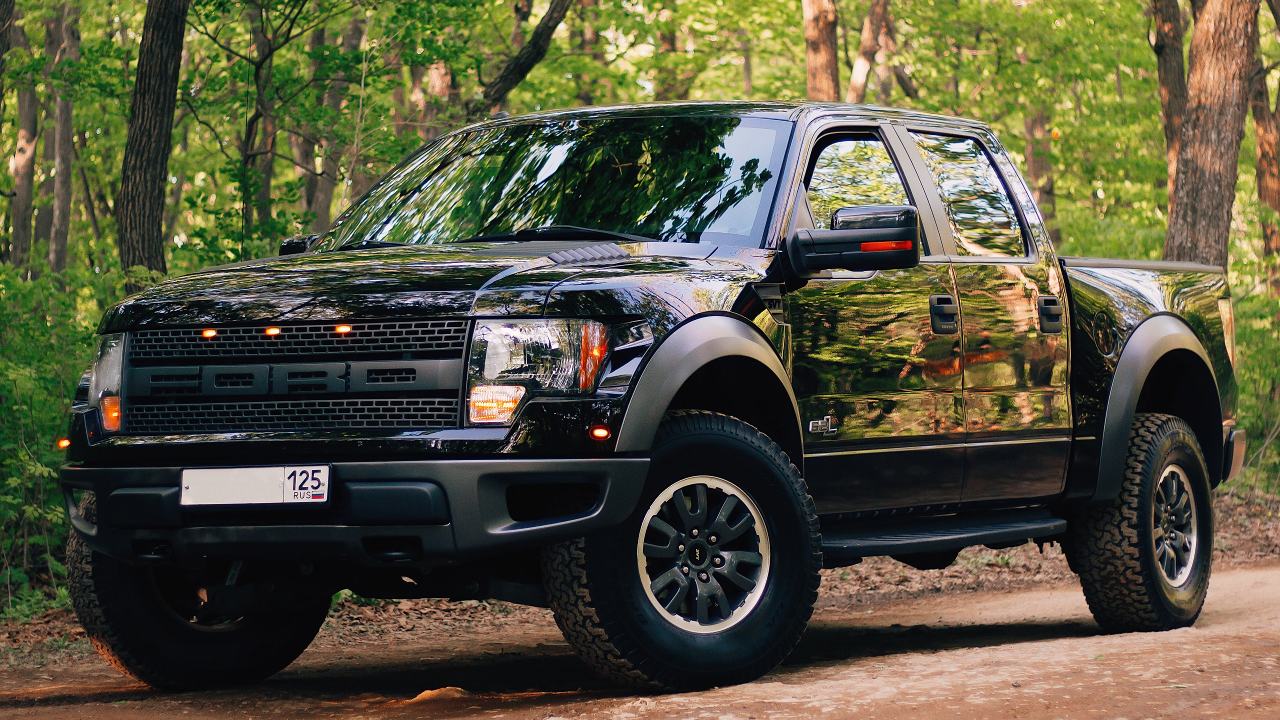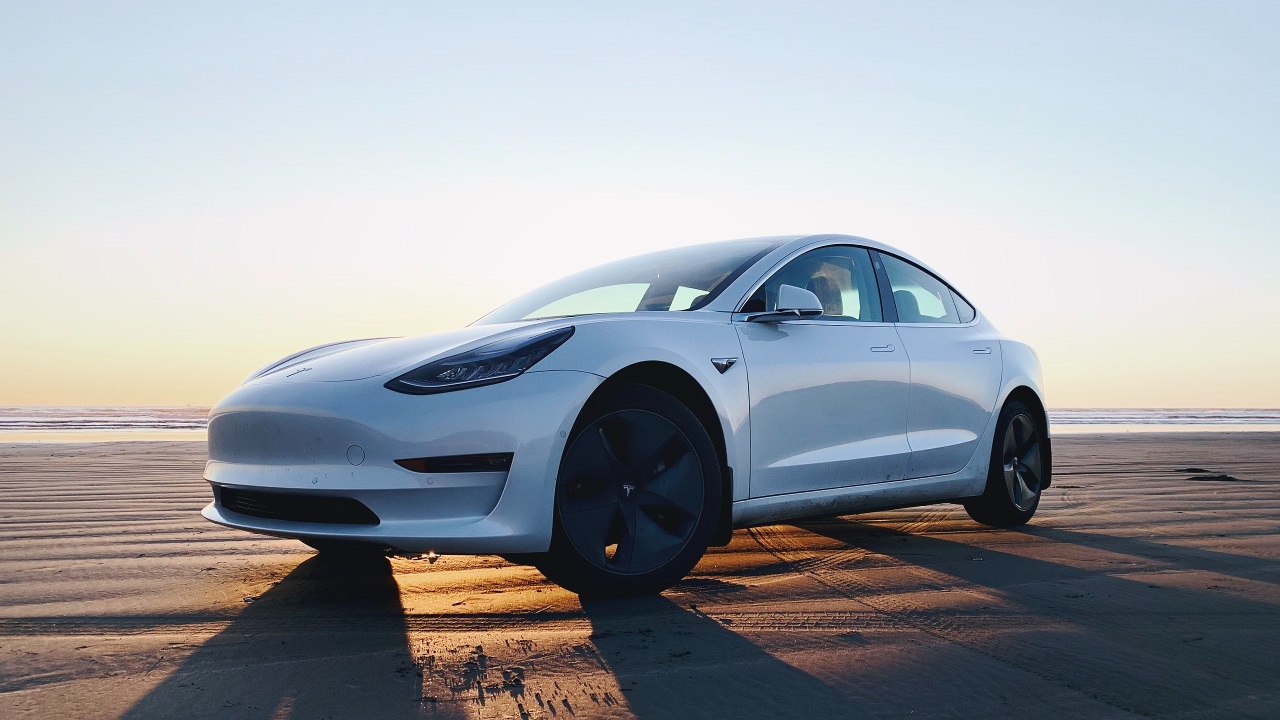Driver-assist technology has rapidly evolved over the past decade, significantly enhancing vehicle safety and convenience. Central to these advancements are lidar and radar systems, which provide the essential data needed for real-time decision-making. These technologies work intricately to ensure that vehicles can navigate complex environments safely and efficiently, setting the stage for the future of autonomous driving.
Understanding Lidar Technology

Basic Principles of Lidar
Lidar, which stands for Light Detection and Ranging, operates by emitting laser beams that bounce off objects and return to the sensor. This process allows the system to create detailed 3D maps of the environment. The primary components of a lidar system include lasers, sensors, and GPS receivers, all working together to gauge distances and shapes of objects with remarkable precision.
In practical terms, lidar systems are akin to giving a vehicle the ability to “see” its surroundings. For instance, the 2022 Volvo XC90 utilizes lidar technology to enhance its safety features, enabling it to detect obstacles and pedestrians more accurately. The integration of lidar in this SUV exemplifies how the technology can create a safer driving experience by providing real-time feedback to the vehicle’s onboard computers.
Applications in Driver-Assist Systems
Lidar plays a crucial role in driver-assist systems such as adaptive cruise control and lane-keeping assistance. Adaptive cruise control benefits from lidar’s precise distance measurement, allowing vehicles to maintain a safe distance from the car ahead. Meanwhile, lane-keeping systems use lidar to ensure that the vehicle stays centered within its lane, even around curves or in heavy traffic.
Manufacturers like Audi have been pioneers in incorporating lidar into their models. For example, the Audi A8, starting from its 2018 model year, utilizes lidar to enhance its Traffic Jam Pilot feature, which offers hands-free driving in slow-moving traffic conditions. This use of lidar technology underscores its potential to transform everyday driving by enhancing both safety and convenience.
Radar’s Role in Automotive Safety

Fundamentals of Radar Technology
Radar technology works by emitting radio waves that reflect off objects, enabling the system to determine an object’s distance, speed, and direction. This capability makes radar a fundamental component in various automotive applications. Radar systems can be classified into short-range and long-range applications, each serving distinct purposes within a vehicle’s safety framework.
Short-range radar is typically used for tasks such as parking assistance and blind-spot monitoring. On the other hand, long-range radar is essential for applications like adaptive cruise control and collision detection. For instance, the 2023 Ford F-150 includes radar technology that enhances its collision mitigation system, offering drivers peace of mind by automatically engaging brakes if an imminent collision is detected.
Integration in Modern Vehicles
Radar’s integration into vehicles extends to features like blind-spot monitoring and automatic emergency braking, which are now standard in many models. The reliability and cost-effectiveness of radar make it a popular choice among manufacturers. For example, the 2021 Honda Accord employs radar-based systems to provide comprehensive safety features without significantly increasing vehicle cost.
One of the advantages of radar over other sensor technologies is its ability to perform under various weather conditions. Unlike optical systems, radar is not affected by fog, rain, or darkness, making it a dependable option for ensuring driver safety. This robustness contributes to radar’s widespread adoption in the automotive industry, remaining a cornerstone of modern vehicle safety systems.
Synergy Between Lidar and Radar

Complementary Functions
Lidar and radar technologies complement each other by providing comprehensive environmental perception. While lidar excels at creating detailed 3D maps of the surroundings, radar’s strength lies in detecting object speed and distance. When combined, they offer a more accurate and reliable understanding of the vehicle’s environment, enhancing the performance of driver-assist systems.
A practical example of this synergy can be seen in the 2024 BMW i7S, which integrates both lidar and radar to optimize its Autopilot feature. By leveraging the strengths of both technologies, the vehicle achieves improved accuracy in obstacle detection and navigation, paving the way for more sophisticated autonomous driving capabilities.
Challenges and Solutions
Despite their benefits, integrating lidar and radar presents technical challenges, such as data integration and processing speed. The fusion of data from these two systems requires advanced algorithms capable of handling large volumes of information in real-time. Addressing these challenges is crucial for achieving seamless operation in driver-assist systems.
Innovations in sensor fusion technology are key to overcoming these hurdles. Companies like NVIDIA are developing advanced platforms that integrate data from multiple sensors, including lidar and radar, to enhance processing capabilities. These advancements are vital for the continued evolution of driver-assist systems, ensuring they remain reliable and efficient as vehicles become more autonomous.
Future Trends in Driver-Assist Technology

Advancements in Sensor Technology
The future of driver-assist technology is promising, with ongoing advancements in lidar and radar systems. Emerging technologies focus on improving the accuracy, range, and cost-effectiveness of these sensors. For instance, solid-state lidar offers a more compact and affordable solution compared to traditional mechanical lidar systems, making it an attractive option for widespread adoption.
Miniaturization and cost reduction are also key trends in radar technology. As sensors become smaller and cheaper, their integration into a broader range of vehicles becomes feasible, expanding the reach of advanced driver-assist systems. This trend is evident in the 2026 Toyota Camry, which features next-generation radar sensors that are both compact and inexpensive, demonstrating the potential for widespread adoption in the near future.
Impact on Autonomous Driving
Next-generation driver-assist systems are crucial for bridging the gap to fully autonomous vehicles. By enhancing the accuracy and reliability of environmental perception, these systems provide a foundation for safe and efficient autonomous driving. However, transitioning to full autonomy requires careful consideration of regulatory and ethical implications.
As these technologies advance, regulatory bodies must establish frameworks to ensure safety and accountability. Ethical considerations, such as the decision-making processes of autonomous systems in critical situations, also come to the forefront. Addressing these issues is essential for the responsible deployment of advanced driver-assist technologies, ultimately leading to a future where fully autonomous vehicles become commonplace.
Industry Implications and Market Outlook

Market Growth and Opportunities
The market for lidar and radar technologies is poised for significant growth, driven by the increasing demand for advanced driver-assist systems. As these technologies become more affordable, their adoption in a wider range of vehicles is expected to accelerate. This presents ample opportunities for manufacturers and tech companies to innovate and capture market share.
According to industry forecasts, the global market for automotive lidar and radar systems is projected to grow exponentially over the next decade. Companies that invest in research and development to enhance sensor performance and reduce costs will likely lead the market. This growth is supported by the continuous push towards safer and more efficient vehicles, as well as the broader goal of achieving full vehicle autonomy.
Competitive Landscape
The competitive landscape for lidar and radar technologies is dynamic, with major players and emerging startups vying for dominance. Established companies like Velodyne and Bosch are at the forefront of sensor innovation, constantly refining their offerings to meet the evolving needs of the automotive industry. At the same time, startups such as Luminar are making waves with their cutting-edge lidar solutions, challenging established norms and pushing the boundaries of what’s possible.
For companies to differentiate themselves, they must focus on developing unique value propositions, such as superior sensor performance or integration capabilities. Collaborations and partnerships with automakers can also be a strategic move to gain a competitive edge. As the industry continues to evolve, the ability to adapt and innovate will be key to success in the rapidly changing landscape of driver-assist technology.
Like Fast Lane Only’s content? Be sure to follow us.
Here’s more from us:
*Created with AI assistance and editor review.







Leave a Reply